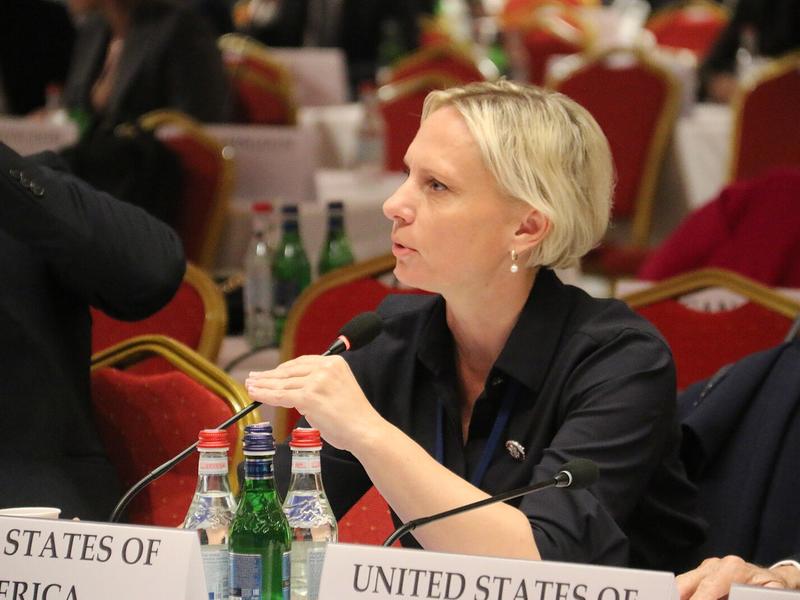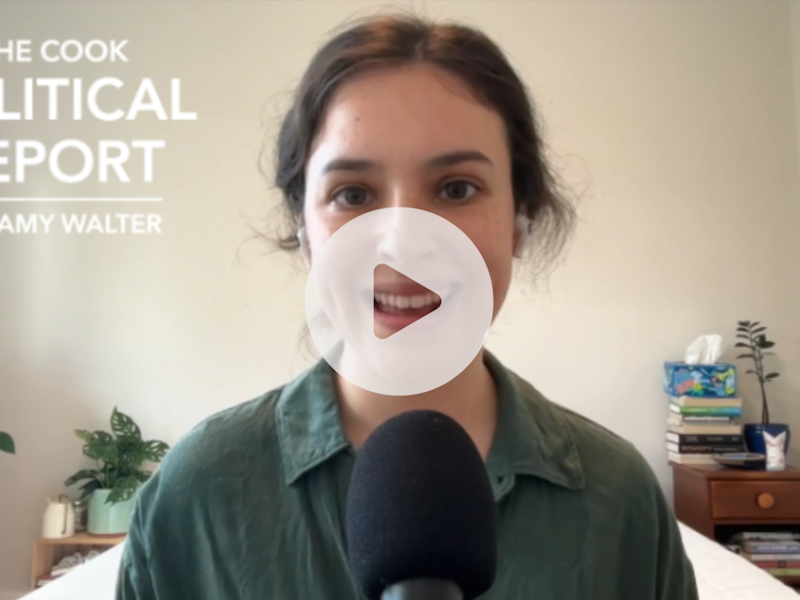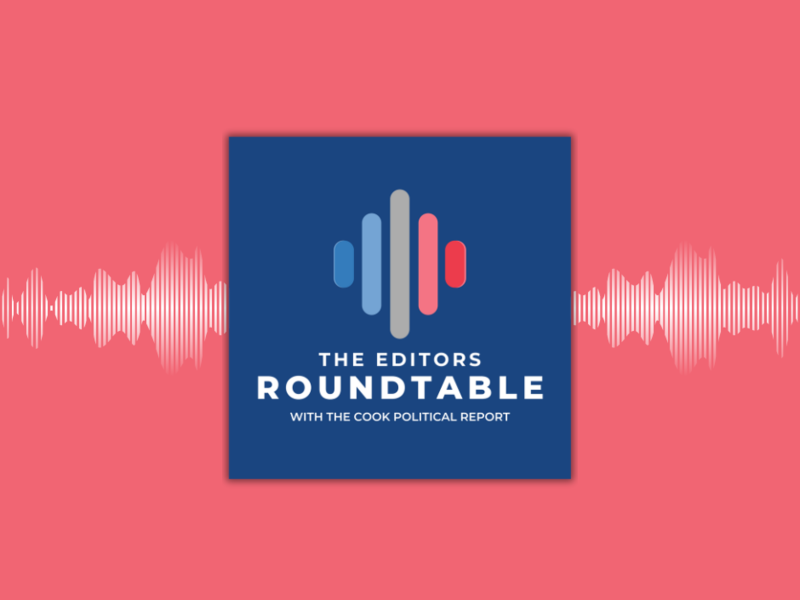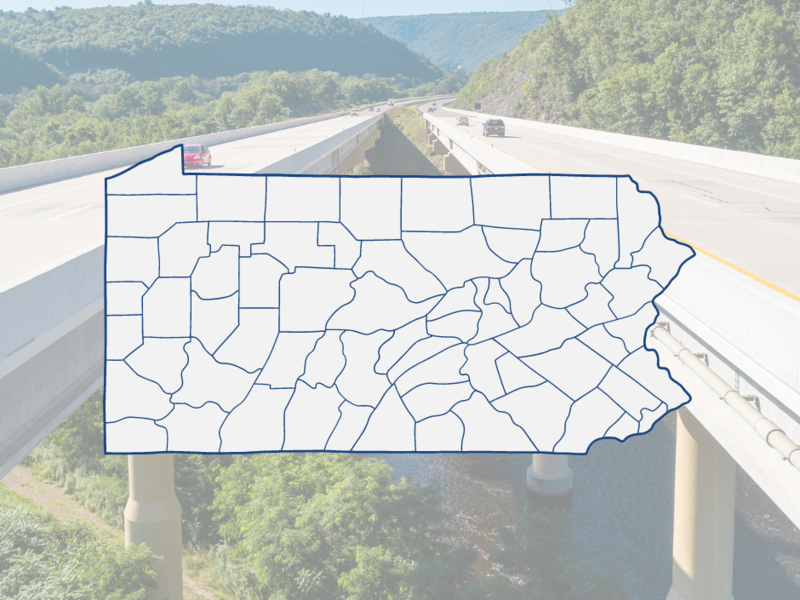
We are now nearing the end of the Democratic presidential nomination sign-up period. Using The New York Times’ handy “Who’s Running for President in 2020?” interactive as a yardstick, we now have 14 Democrats in the race, still a few short of the 17 contenders for the GOP nomination in 2016. This list is very inclusive, making room for self-help author and New Age lecturer Marianne Williamson and former tech investor Andrew Yang along with Sens. Cory Booker, Kirsten Gillibrand, Kamala Harris, Amy Klobuchar, Bernie Sanders, and Elizabeth Warren, former Rep. John Delaney, former Housing and Urban Development Secretary Julián Castro, Washington Gov. Jay Inslee, former Colorado Gov. John Hickenlooper, South Bend Mayor Pete Buttigieg, and Rep. Tulsi Gabbard.
The Times classifies three more as “Likely to Run,” however: former Vice President Joe Biden, Montana Gov. Steve Bullock, and Rep. Eric Swalwell. Bullock is so far resisting the courting of Senate Minority Leader Chuck Schumer, who desperately wants the Montana Democrat to challenge Sen. Steve Daines. Bullock would be considered a very strong Senate candidate. There are five more Democrats seemingly on the fence about running: Sen. Michael Bennet, former Virginia Gov. Terry McAuliffe, Rep. Seth Moulton, former Rep. Beto O’Rourke, and Rep. Tim Ryan. For a few of these, Biden’s imminent decision might make a difference, as would Biden’s initial reception. So it looks likely that Democrats will end up with a bigger field than the GOP had four years ago.
There are a lot of ways to frame an early look at a presidential nomination contest. One comparison is the NCAA basketball tournament: The objective is to make it into the Final Four next March and then hope for the best. At this point, we are roughly at the Sweet 16 level. When you hear people say that the early polls simply reflect name recognition and should be ignored, that’s half right. Current national and early-state polls are in fact an indicator of name recognition and at this point, the ones who are best-known are Biden, Sanders, and Warren. But at this point in 1975, few people outside of Georgia had ever heard of Jimmy Carter, and in 1991 not many voters outside of Arkansas had ever heard of Bill Clinton.
Yet ignoring these early polls also has its shortcomings. People don’t give money to someone they’ve never heard of, and few people go to rallies or meet-and-greets for candidates whose name they don’t even recognize. An analysis for The Economist by political scientist Charles Franklin, professor emeritus of the University of Wisconsin-Madison and now director of the Marquette University Law School poll, found that "between 1980 and 2016, this early in a cycle just 17% of polls released have correctly identified the eventual party nominee."
This is not a prediction or forecast, just a guess based on what we know now: Assuming Biden does get into the race, he would likely have one of the Final Four posts, even though his current lead in many polls probably overstates his position. I would say either Sanders or Warren gets that second slot—let’s call it the Left Slot (not both, simply because they are competing for much the same audience). If I had to guess right now, I might put Harris as the most likely for the third slot: a woman in a party that very much would like to have a woman; a youngish (54) contender in a party that is skewing young; an African-American competing for the nomination of a party in which a substantial share of the primary voters are black; and a Californian, running in a year when the state is going to hold its primary very early, on March 3. And finally, she just had the best launch. She’s still a bit rough as a candidate, but most presidential candidates improve the longer they have been on the trail.
The last slot in the Final Four is the Wild Card. Arguments can be made for so many other candidates—particularly Booker, Gillibrand, and Klobuchar among those who have already thrown their hats into the ring—but it really could be any one of more than a dozen people. What matters is the state of mind of the Democratic Party’s membership. While electability is usually not a primary factor in most people’s preference for a presidential party nominee, the desire among Democrats to unseat President Trump is so great that the perception of who can or can’t beat him next November is hugely important. As my colleague Amy Walter likes to say, Democratic voters now may have preferences, but few have strong attachments.
We’ll know more after March Madness—that is, March of 2020.
This story was originally published on nationaljournal.com on March 12, 2019









Subscribe Today
Our subscribers have first access to individual race pages for each House, Senate and Governors race, which will include race ratings (each race is rated on a seven-point scale) and a narrative analysis pertaining to that race.